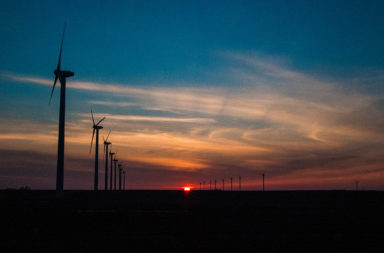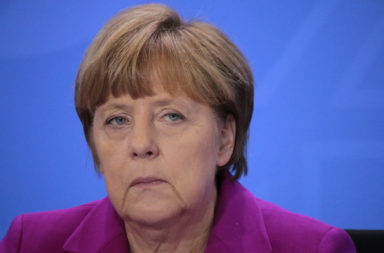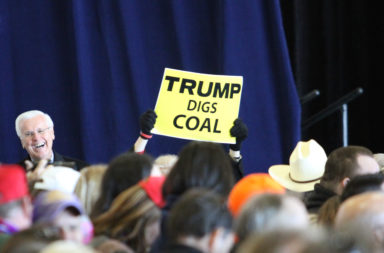The Paris pact aims to curb global warming to less than 2C (3.6F)
196 countries took part in the negotiations in the French capital.
The agreement is partly legally binding and partly voluntary and will come into being in 2020
Here’s what that means:
First, for the first time ever, all countries committed to putting forward ambitious targets to reduce carbon emissions. China, the world’s biggest polluter, also signed the deal.
Second, countries will now be required to report their progress toward those targets using a rigorous and standardized review process. That kind of transparency is vital to keeping every country moving toward carbon reduction.
Third, it provides strong assurance to developing countries, particularly the most vulnerable, that they will be supported as they build towards clean, climate resilience.
It’s truly a historic achievement. It is the culmination of nations, businesses, cities, and citizens combining forces to achieve something together. And it sends a powerful signal to the world — businesses and countries alike — that we’re moving to a clean energy economy.
Today, as the President said, we have demonstrated “that the world has both the will and the ability to take on this challenge.”
Watch here his statement in The White House.





